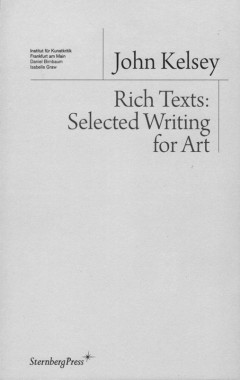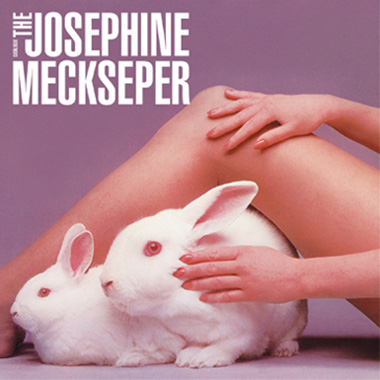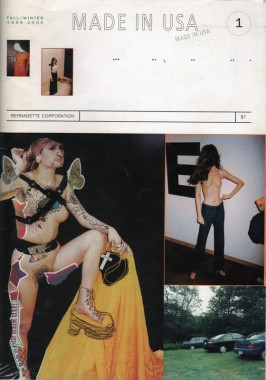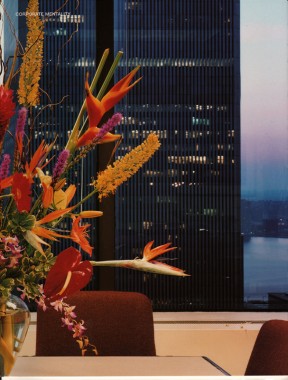
John Kelsey, Rich Texts: Selected Writing for Art
Softcover, 248 pp., offset 2/1, 120 x 190 mm
Edition of 2000
ISBN 978-1-934105-23-8
Published by Sternberg Press
$20.00 · out of stock
Compiled for the first time here, essays by American critic, artist, gallerist and dealer John Kelsey convey some of the most poignant challenges in the art world and in the many social roles it creates. “When the critic chooses to become a smuggler, a hack, a cook, or an artist,” Kelsey said, “it’s maybe because criticism as such remains tied to an outmoded social relation.” Kelsey’s “rich texts” play the double role of explaining the art world and actively participating in it; they close the distance between the work of art and how we talk about it. These playful, elegant writings — many originally published in Artforum — embody a timelessness that strikes at the core of the contemporary art world. The newest edition from the terrific Institut fur Kunstkritik series.
Criticism, Daniel Birnbaum, Isabelle Graw, John Kelsey, Markus Weisbeck, Matthew Evans, Miriam Rech, RAM, Sternberg Press, Theory

Josephine Meckseper, The Josephine Meckseper Catalogue No. 1
Softcover, 64 pp., offset 4/4, 240 x 240 mm
English and German
Edition of 1000
ISBN 978-1-933128-00-9
Published by Sternberg Press
$24.00 · out of stock
“Politics and aesthetics morph seamlessly in a world where politics confuses itself with representation, where all attention is swallowed in the communication of a message rather than in the intensity of an event. … In Meckseper’s gallery installation, where fashion images share space with protest documentation, where an idea of relational space rubs shoulders with an idea of lifestyle or boutique design, where an idea of the social morphs into an idea of the commodity relation, many of the elements on display also double as mechanisms of display: shelves, rugs, windows, magazine covers, and wallpaper are the products here. Here, display displays itself. Covers and wrappings conceal nothing, they only reveal themselves. And, reappropriating the very mechanisms of commodity transmission in this way, and in particular by conflating politicized symbols with such functions… , by relocating non-art in art and vice versa, by this orgiastic displacement, this diabolical Feng Shui of signifying forms and materials, the artist also goes to work (like the peasant in her field, the posing model) in the production of her anti-world.”
—John Kelsey
Andrew Ross, Art, Fashion, John Kelsey, Josephine Meckseper, RAM, Sternberg Press

Bernadette Corporation, Made in USA
Softcover, 128 pp., offset 4/1, 7 x 10 inches
Edition of 500
Fall/Winter 1999-2000
Published by Bernadette Corporation
out of print
condition:
very good, shelf wear.
Bernadette Corporation: three people in New York City (today, 1999, or 2000) working together on a new fashion magazine called Made In USA and making art. We came from different backgrounds, but we had something in common: we wanted to change the world because we didn’t like the way it was.
The first issue of Made in USA is devoted to how people create their own spaces, spaces that can be invisible or imaginary. You may have heard this trend called DIY (do-it-yourself) or Amateurism. We like to call it the EMPTY WIDE SPACE trend, a place we can all disappear to, instead of being anti-everything and writing the new manifesto, or instead of being pro-everything and buying the latest CD.
Actress, Antek Walczak, Art, Bernadette Corporation, Bernadette Van-Huy, Culture, Desiree Heiss, Dike Blair, Fashion, Ines Kaag, Jeff Rian, Jim Fletcher, John Kelsey, Jonathan Horowitz, Made in USA, Mark Gonzales, Miltos Manetas, Patrick Li, Rita Ackermann, Rob Pruitt, Sadie Laska, Serge Daney, Susan Cianciolo, Used, Wandering Archive

Aleksandra Mir, Corporate Mentality
Softcover, 256 pp., offset 4/1, 230 x 300 mm
Edition of 2000
ISBN 0-9711193-1-7
Published by Sternberg Press
$40.00 · out of stock
Calling for a reassessment of the function of art in late capitalist society,
Corporate Mentality focuses on the complex and ambiguous ways artistic production inhabits corporate processes, abandoning the autonomy of the artwork in order to elaborate resistant approaches to a world increasingly determined by commercial strategies and market concerns.
Based on an archive (1995–2001) maintained by Aleksandra Mir, it presents a diverse spectrum of artists who take on business as site, as material, and as subject of their work. As Will Bradley writes in frieze, “The book focuses on … an essential area of interest as artists wake up to the reality of the Clinton-era fantasy of ethical corporatism. The plan came out of Mir and Kelsey’s realization that the publicity industry wasn’t stealing artists’ ideas, but simply employing artists, like Mir herself, who needed a day job. ‘Radical’ aesthetics that had taken at least six months to travel (we’re in New York here) from downtown to uptown were now transferred almost instantaneously, causing artists to reassess their methods.”
Absolute Vodka, Anthony Davies, Art, Atelier van Lieshout, Bennett Simpson, Bernadette Corporation, Carey Young, Claude Closky, Daniel Pflumm, Dejanov & Heger, Gareth James, John Kelsey, Lars Bang Larsen, Laura K. Jones, Liam Gillick, Matthieu Laurette, Piotr Uklanski, Purple Institute, RAM, Simon Ford, Sternberg Press, Superflex, Will Bradley



